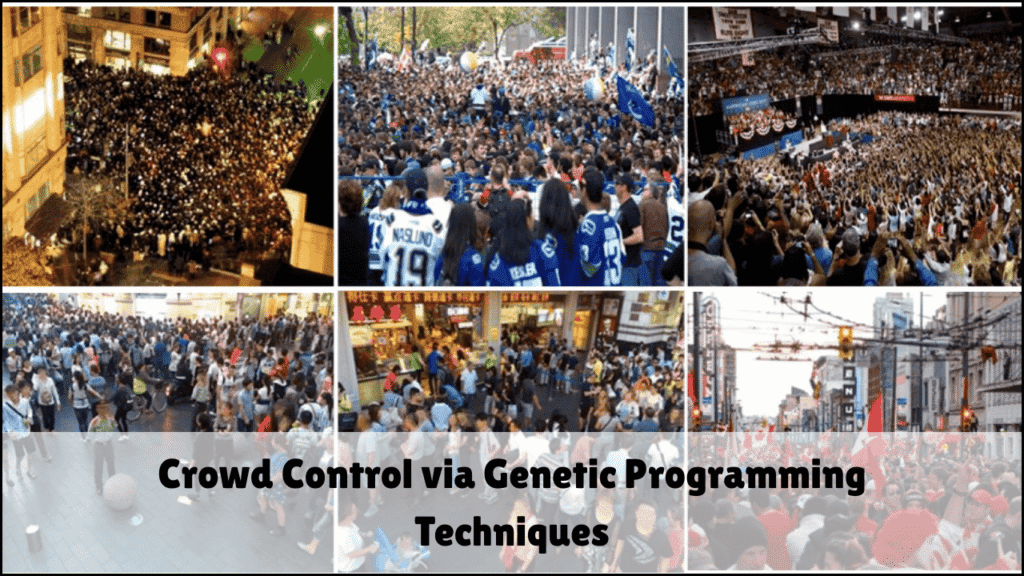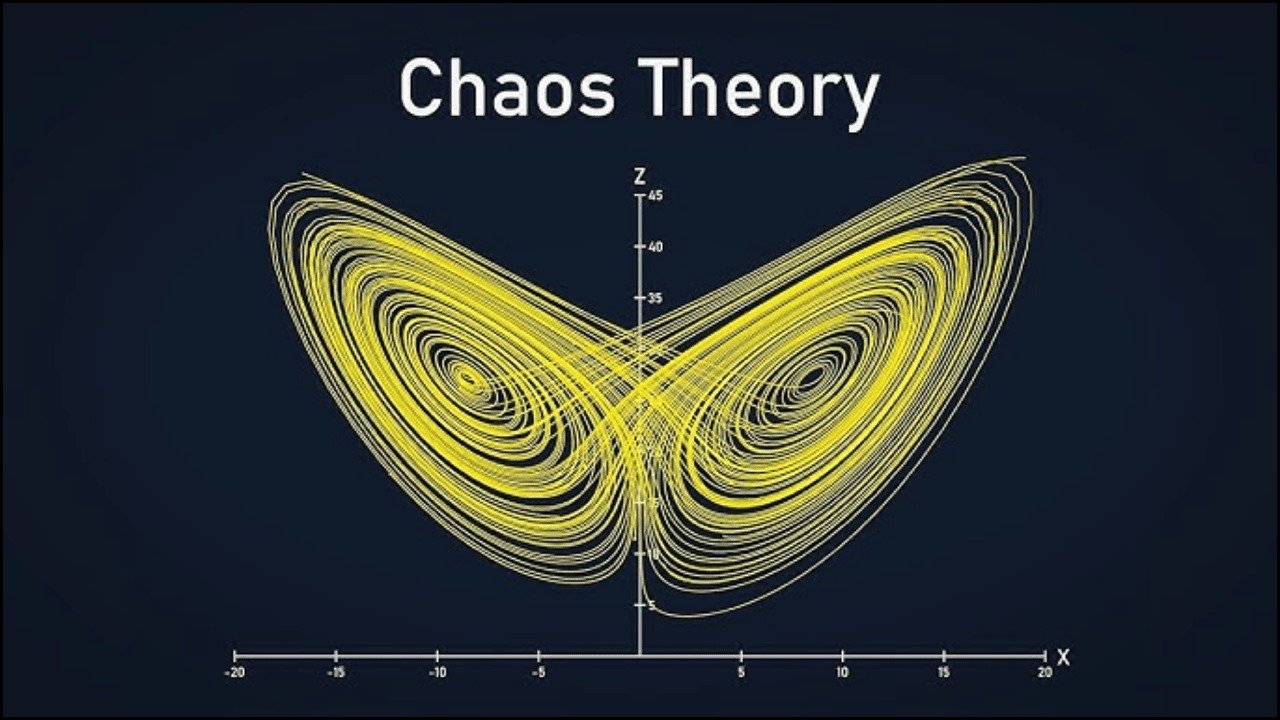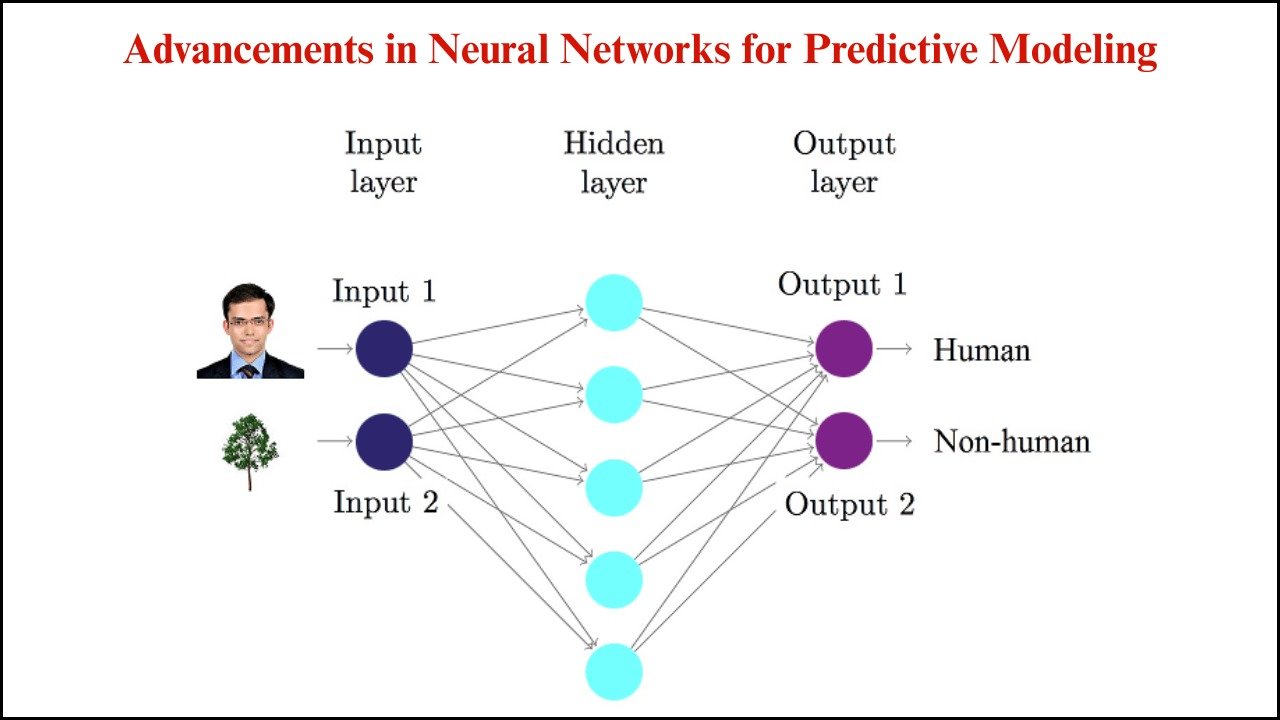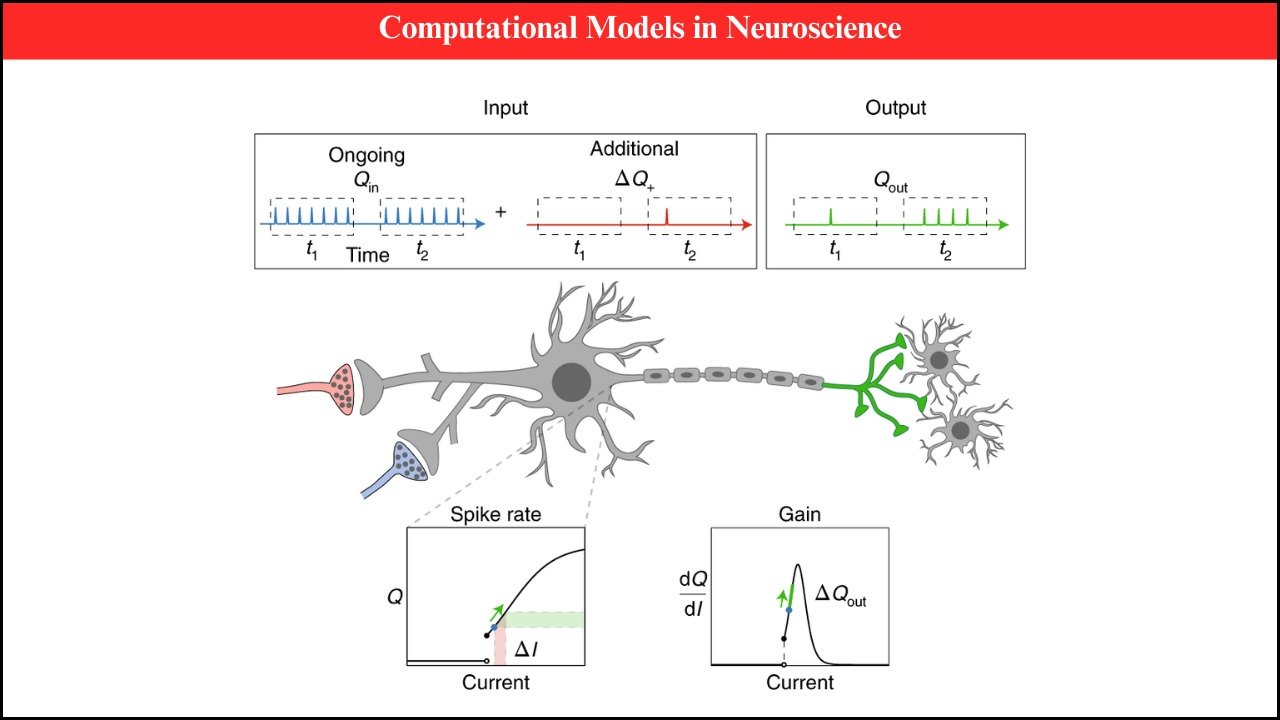
Crowd control is a critical aspect of public safety, event management, and urban planning. The complexity of human behavior in crowded environments makes traditional simulation and management techniques challenging. Genetic programming (GP) offers a computational approach to optimizing strategies for controlling crowd dynamics. By using evolutionary algorithms to simulate and predict crowd behavior, GP enables the design of effective interventions, evacuation plans, and real-time control mechanisms. This article explores the applications, methods, and impact of genetic programming techniques in crowd control scenarios.
Table of Contents
Fundamentals of Crowd Control
- Definition: Crowd control refers to the management of large groups of people in public spaces to prevent congestion, accidents, and emergencies.
- Applications: Used in stadiums, concerts, transportation hubs, urban events, and emergency evacuation scenarios.
- Challenges: Human behavior is unpredictable; interactions among individuals create complex, nonlinear dynamics.
- Traditional Methods: Barriers, signage, security personnel, and simulation-based planning.
- Limitations: Manual planning often fails under dynamic conditions, requiring adaptive computational models.
Genetic Programming Overview
- Definition: Genetic programming is an evolutionary algorithm-based methodology where computer programs evolve to solve problems.
- Mechanism: GP uses selection, crossover, and mutation to evolve solutions iteratively.
- Advantages for Crowd Control:
- Optimizes evacuation routes and crowd flow strategies
- Adapts to dynamic environments in real-time
- Reduces computational complexity compared to exhaustive simulations
- Components:
- Population of candidate solutions representing control strategies
- Fitness function evaluating performance (e.g., evacuation time, congestion reduction)
- Evolutionary operators (selection, crossover, mutation)
Applications in Crowd Control
- Evacuation Planning: GP optimizes paths for safe and rapid evacuation in emergencies such as fires, earthquakes, or building evacuations.
- Public Event Management: Assists in designing layouts, entry/exit points, and crowd movement strategies during concerts, festivals, or rallies.
- Urban Traffic Management: Models pedestrian flow in transit hubs and public spaces, reducing congestion and improving safety.
- Simulation of Crowd Behavior: GP evolves rules for individual and collective behavior in agent-based simulations, capturing realistic dynamics.
| Application | Genetic Programming Role | Impact |
|---|---|---|
| Emergency Evacuation | Optimize escape routes and minimize evacuation time | Increased safety and reduced fatalities |
| Event Crowd Management | Design barrier placement and flow strategies | Improved crowd movement efficiency |
| Pedestrian Traffic Flow | Adaptive signal and path optimization | Reduced congestion and travel time |
| Behavioral Simulation | Evolve decision-making rules for agents | Realistic modeling of crowd dynamics |
Methodology of GP in Crowd Control
- Agent-Based Modeling (ABM): Represents individuals as autonomous agents with behaviors; GP evolves the rules guiding these agents.
- Fitness Function Design: Measures performance based on criteria such as evacuation time, congestion levels, and risk of bottlenecks.
- Evolutionary Process:
- Initialize a population of candidate control strategies
- Evaluate the fitness of each candidate
- Apply selection, crossover, and mutation to generate new strategies
- Iterate until an optimal or satisfactory solution is found
- Integration with Real-Time Data: GP models can be updated using sensor or camera data to adapt strategies dynamically.
Advantages of Genetic Programming in Crowd Control
- Adaptability: Can handle dynamic and unpredictable environments.
- Optimization: Finds near-optimal solutions where exhaustive search is impractical.
- Scalability: Applicable to small events as well as large-scale urban environments.
- Automation: Reduces reliance on manual planning and expert intervention.
| Advantage | Description |
|---|---|
| Adaptability | Adjusts strategies in real-time based on environmental feedback |
| Optimization | Evolves solutions to minimize evacuation time and congestion |
| Scalability | Works for different crowd sizes and densities |
| Automation | Reduces human error and manual planning requirements |
Challenges and Limitations
- Computational Complexity: Large populations and complex simulations require significant processing power.
- Fitness Function Design: Poorly designed fitness functions may lead to suboptimal or unrealistic strategies.
- Behavioral Uncertainty: GP may not fully capture irrational or unpredictable human behavior.
- Data Dependency: High-quality real-time data is essential for adaptive GP models to be effective.
Future Directions
- Integration with AI and Machine Learning: Combining GP with reinforcement learning and neural networks for hybrid models.
- Smart City Applications: Using GP to manage pedestrian and vehicular flows in urban centers dynamically.
- Virtual Reality Simulations: Training GP models using VR simulations of emergency scenarios for improved realism.
- Automated Decision Support Systems: Deployment of GP-based tools for event organizers, safety personnel, and urban planners.
| Future Trend | Potential Impact |
|---|---|
| Hybrid AI-GP Models | Enhanced accuracy and adaptability of crowd control strategies |
| Smart City Integration | Real-time urban traffic and pedestrian flow optimization |
| VR-Based Training | Improved preparedness for emergency evacuation |
| Automated Decision Tools | Reduced human error and faster response times |
The Way Forward
Crowd control using genetic programming techniques offers a sophisticated and adaptive approach to managing complex human dynamics. By evolving strategies for evacuation, event management, and urban traffic flow, GP enhances safety, efficiency, and responsiveness. Despite challenges related to computational resources, data dependency, and unpredictable human behavior, continued advancements in AI, machine learning, and real-time sensor integration are expanding the potential of GP-based crowd control. The integration of these techniques into public safety planning and smart city initiatives will significantly improve the management of large-scale human gatherings and emergency scenarios.





